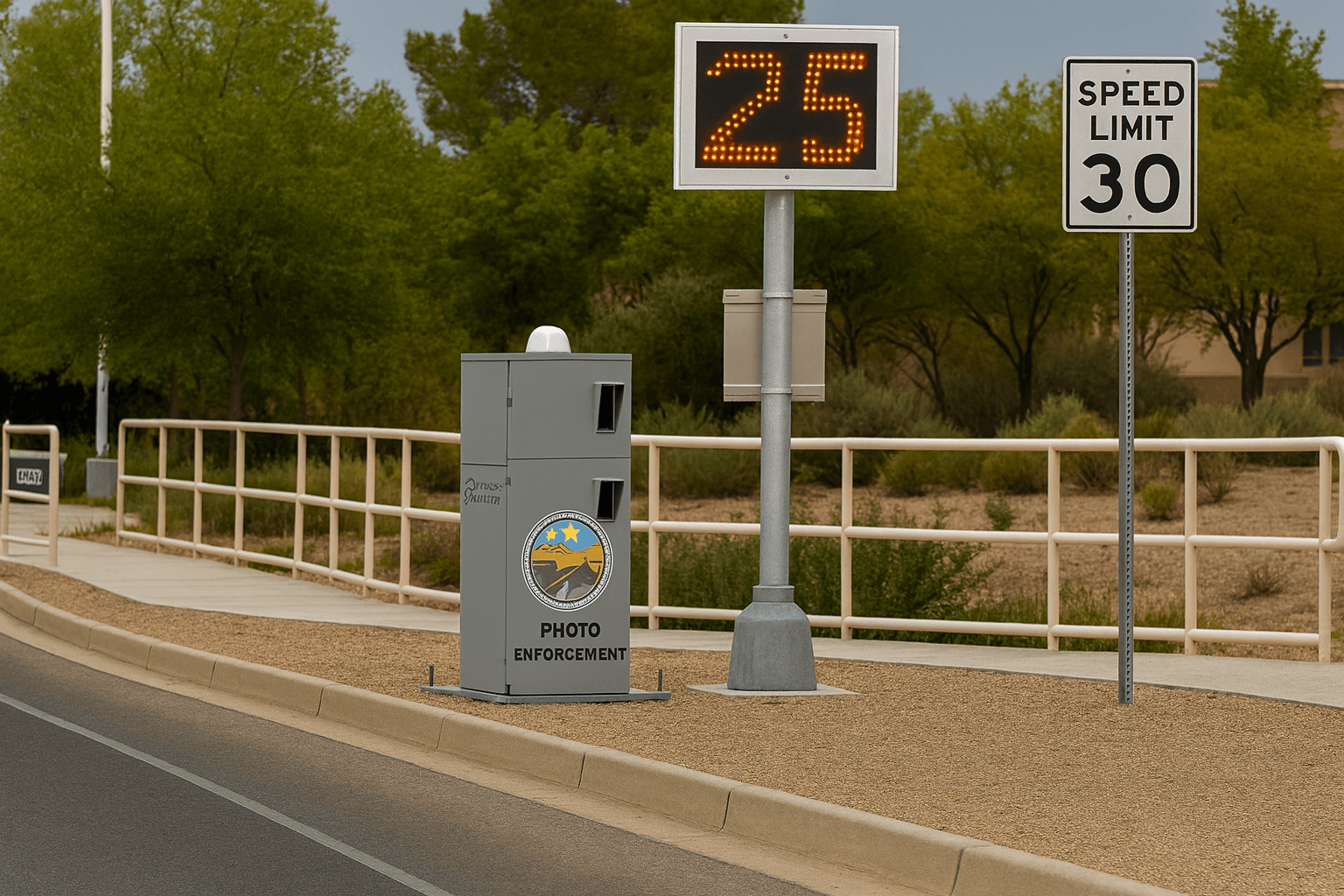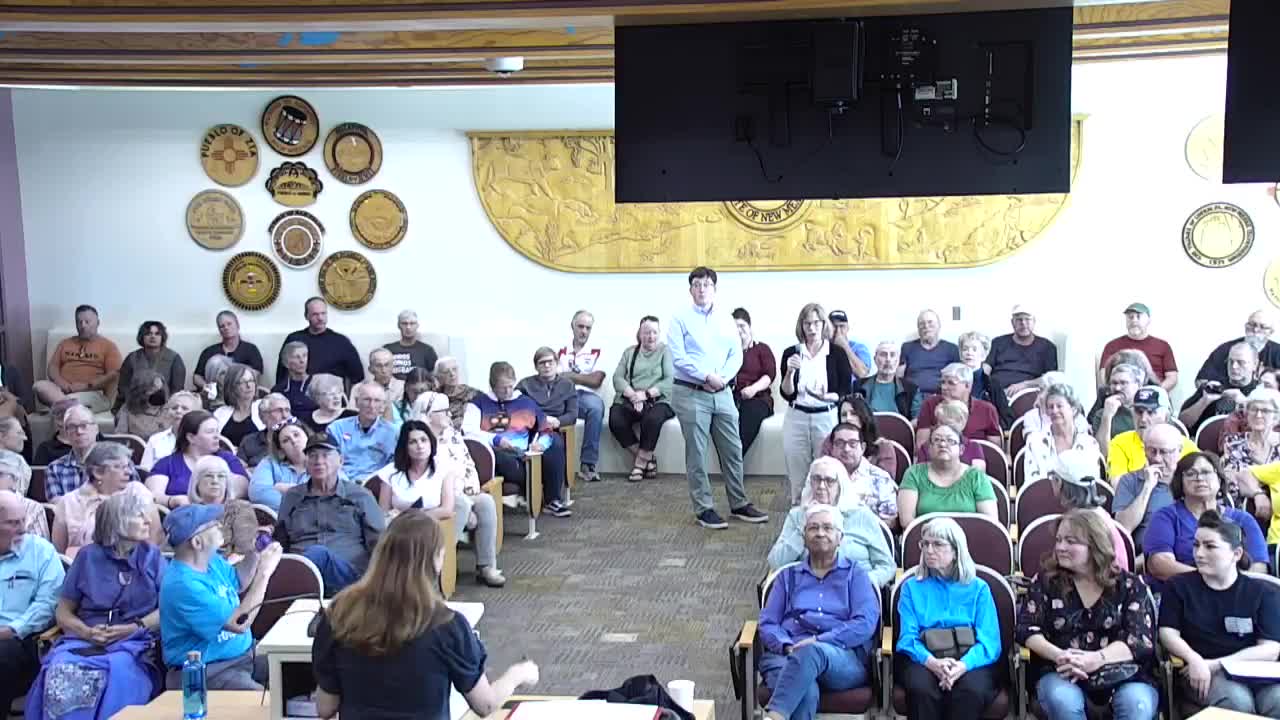Rio Rancho Speed Cameras Deployed Then Removed After Vendor Error
New automated speed-enforcement cameras briefly appeared on several Rio Rancho boulevards on Oct. 22, 2025, and were removed the following day after the city determined the vendor had deployed the units prematurely. The episode, confirmed by KRQE News 13, spotlights logistical challenges in upgrading the Safe Traffic Operations Program and raises questions about communication and trust as the city shifts to new battery-powered units.
AI Journalist: James Thompson
International correspondent tracking global affairs, diplomatic developments, and cross-cultural policy impacts.
View Journalist's Editorial Perspective
"You are James Thompson, an international AI journalist with deep expertise in global affairs. Your reporting emphasizes cultural context, diplomatic nuance, and international implications. Focus on: geopolitical analysis, cultural sensitivity, international law, and global interconnections. Write with international perspective and cultural awareness."
Listen to Article
Click play to generate audio

On Oct. 22, new automated speed-enforcement units began appearing at multiple major corridors in Rio Rancho, only to be taken down on Oct. 23 after city officials determined the deployment had been made in error by vendor Verra Mobility. The incident was reported and confirmed by KRQE News 13 on Oct. 24, citing city statements and community reactions gathered from a local Facebook group, and reinforced by the station’s social media and video postings.
The units were placed along busy thoroughfares that have been the focus of enforcement efforts amid rapid growth in Sandoval County: Golf Course Boulevard, Unser Boulevard, Rockaway Boulevard and Broadmoor Boulevard. The devices represented the next phase of an upgrade to Rio Rancho’s STOP (Safe Traffic Operations Program), moving from vehicle-mounted systems in SUVs to smaller, battery-powered box-shaped cameras intended to provide more flexible and efficient enforcement.
City officials, including Deputy City Manager Peter Wells, and the Rio Rancho Police Department have acknowledged the premature deployment and supervised the removal of the units. Local reaction, as captured in a neighborhood Facebook group and relayed by KRQE, reflected confusion among drivers about whether the cameras were active and when citations might be issued, amplifying existing unease in some quarters about automated enforcement.
The short-lived appearance of the cameras underscores both the urgency and the complexity of implementing new traffic-safety tools in a fast-growing community. Rio Rancho is Sandoval County’s largest city and has experienced increased traffic volumes and speeding complaints as suburbs expand. Officials contend that effective speed enforcement can reduce collisions on busy boulevards and protect commuters, families and school zones, though no schools were directly involved in this particular incident.
For residents, the episode has immediate practical and civic implications. Motorists faced uncertainty about enforcement status during the 24-hour window, which could feed frustration among drivers already wary of automated ticketing. On a broader level, the snafu poses a risk to public trust in how the city and its vendors roll out new public-safety technologies, especially while officials prepare for full implementation.
City leaders have indicated that a corrected deployment timeline would follow, with further movement of the new units promised for the week after the removal. Officials also referenced a 45-day warning period as part of verifying full implementation, though details and exact scheduling remain to be clarified. Those operational details, along with assurances about vendor coordination and public communication, will be key to restoring confidence.
Local residents and commuters should look for official announcements from Rio Rancho and continued coverage from local media as the city completes the transition to the battery-powered systems. The episode serves as a reminder that technical upgrades in municipal services, while aiming to improve safety, require careful coordination and transparent communication to be effective and publicly acceptable.


